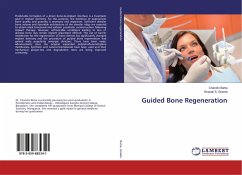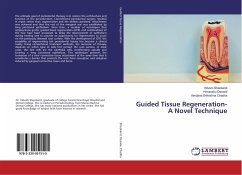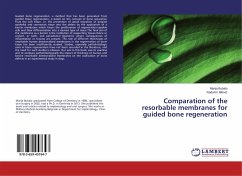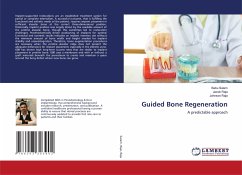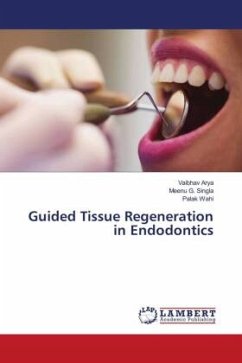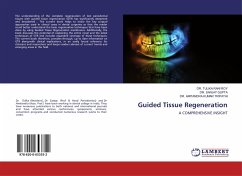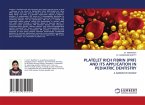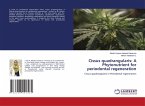Predictable formation of a direct bone-to-implant interface is a treatment goal in implant dentistry. For this purpose, the existence of appropriate bone quality and quantity is necessary and important. Sufficient alveolar bone volume and favorable architecture of the alveolar ridge are essential to obtain ideal functional and esthetic prosthetic reconstruction following implant therapy. However, unfavorable conditions leading to loss of alveolar bone may render implant placement difficult. The use of barrier membranes for the regeneration of bone defects has significantly changed implant dentistry and the procedure of guided bone regeneration had gained wide popularity amongst clinicians. There have been major advancements since the original expanded polytetrafluoroethylene membranes. Synthetic and natural biomaterials have been used and their mechanical proper-ties and degradation rates are being improved constantly.
Bitte wählen Sie Ihr Anliegen aus.
Rechnungen
Retourenschein anfordern
Bestellstatus
Storno

